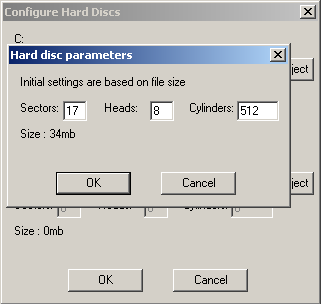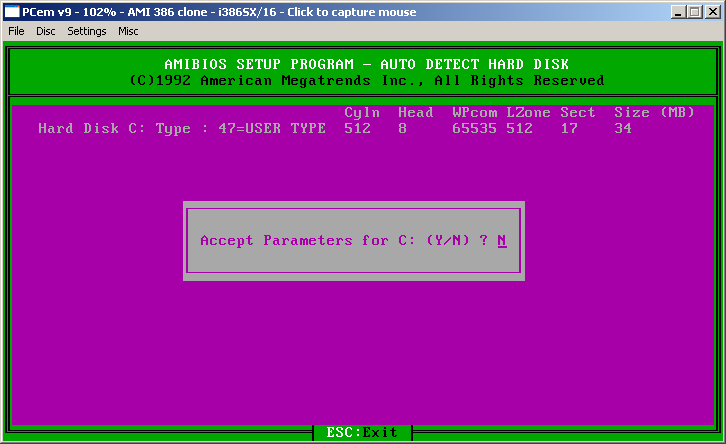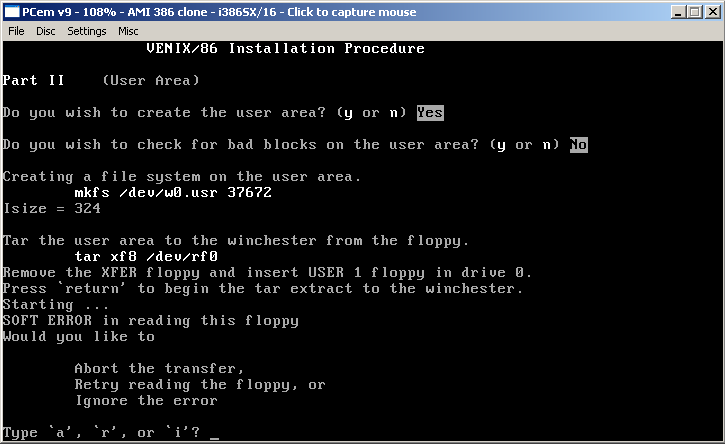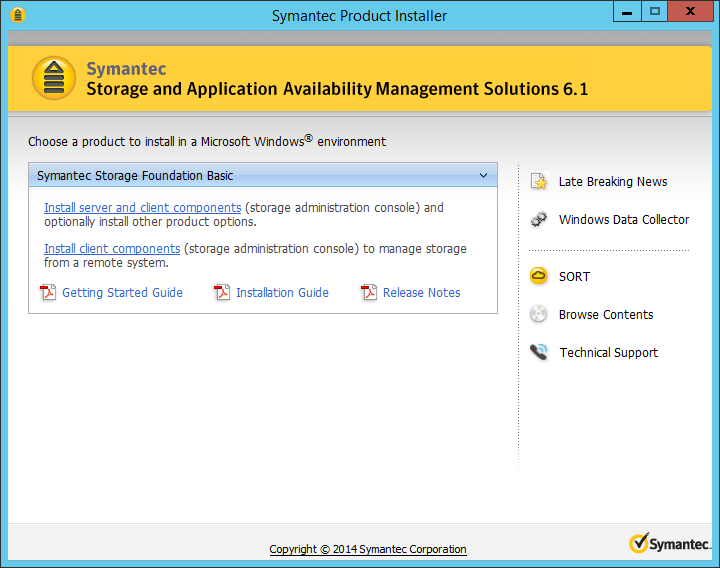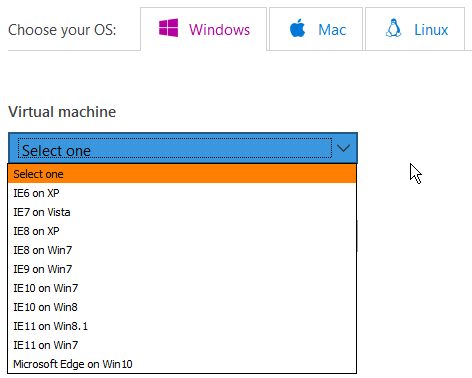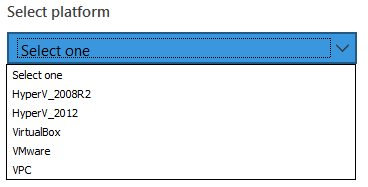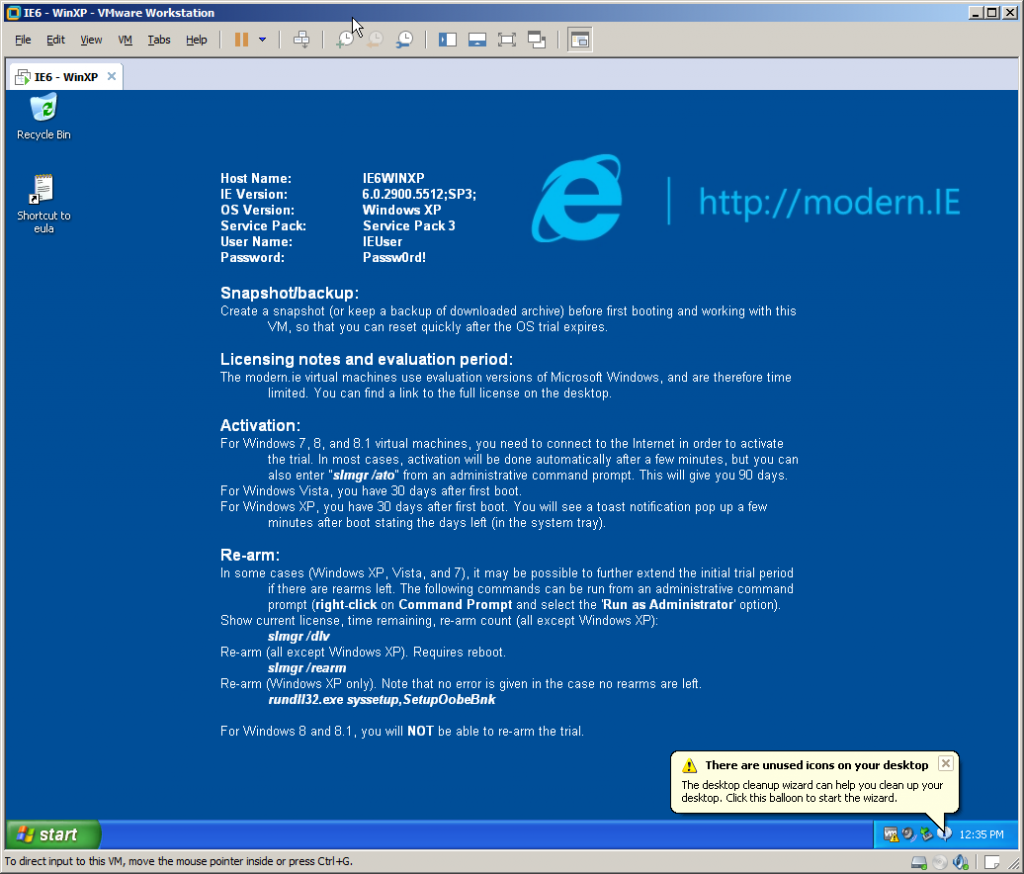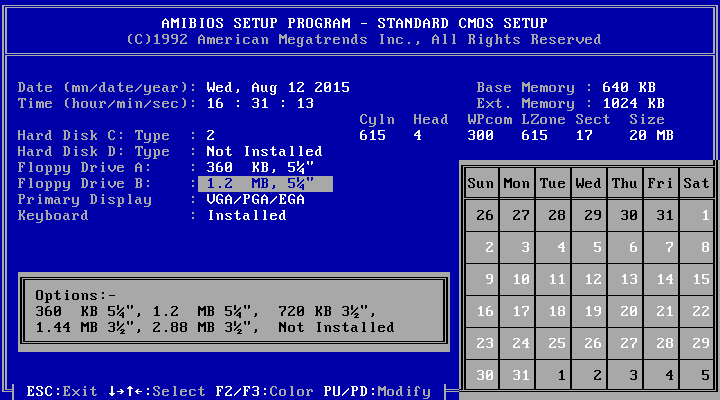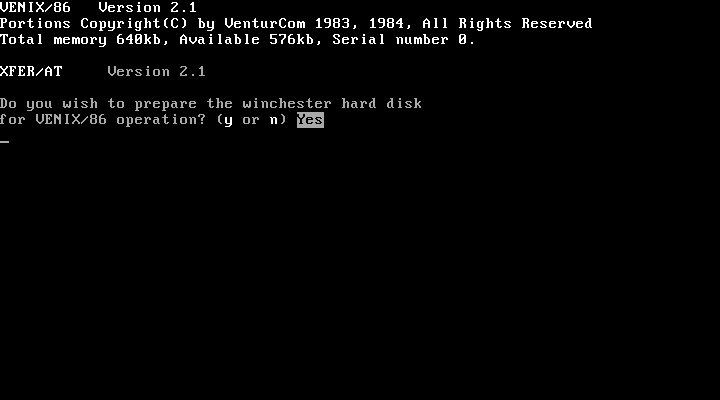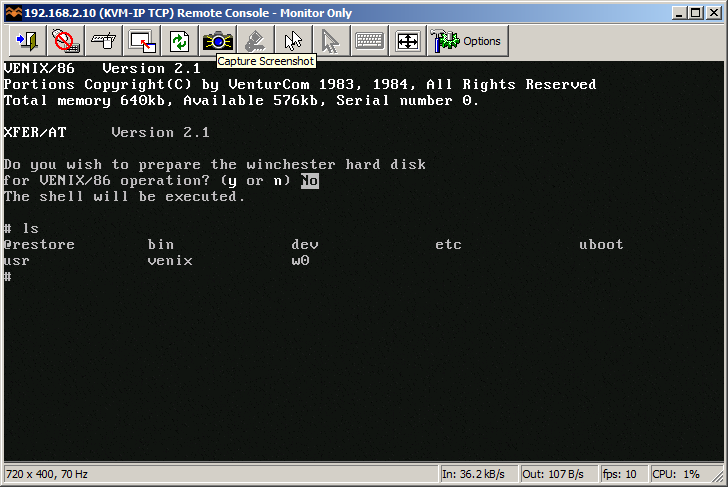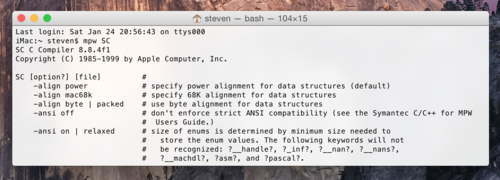(this is a guest post from Tenox)
The second virtualization contest is now on! Similar to the previous one, the winner receives $100 via Paypal and the submission is posted on this blog! Hopefully this one will be little bit more challenging. 🙂
The subject is the rarest of the rare WYSE Unix!
The progress so far: A few years ago I came in to possession of a set of floppy disks pictured here:
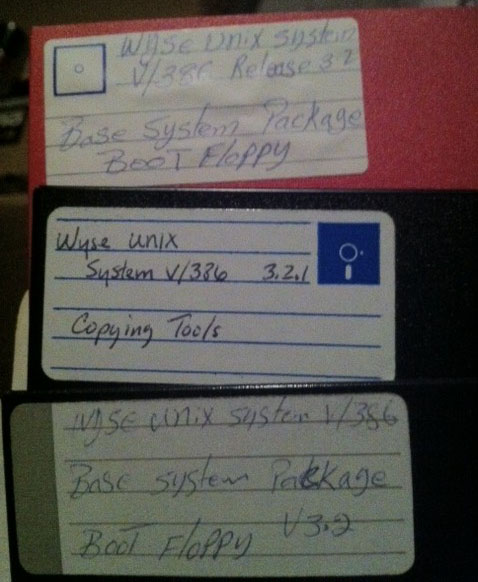 Thanks to Al Kossow from bitsavers.org the floppy disk content has been recovered. Michal Necasek of OS/2 museum successfully converted them in to an usable format and made some modifications to get them to boot on VirtualBox:
Thanks to Al Kossow from bitsavers.org the floppy disk content has been recovered. Michal Necasek of OS/2 museum successfully converted them in to an usable format and made some modifications to get them to boot on VirtualBox:
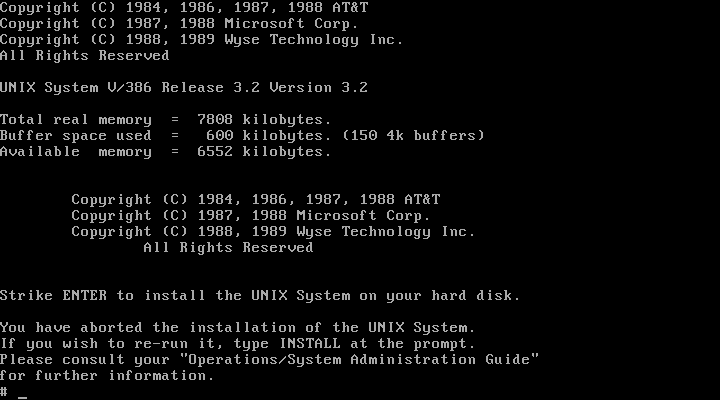 Couple of years later, thanks to Andrew Gong, a WYSE Unix tape has been found on eBay:
Couple of years later, thanks to Andrew Gong, a WYSE Unix tape has been found on eBay:
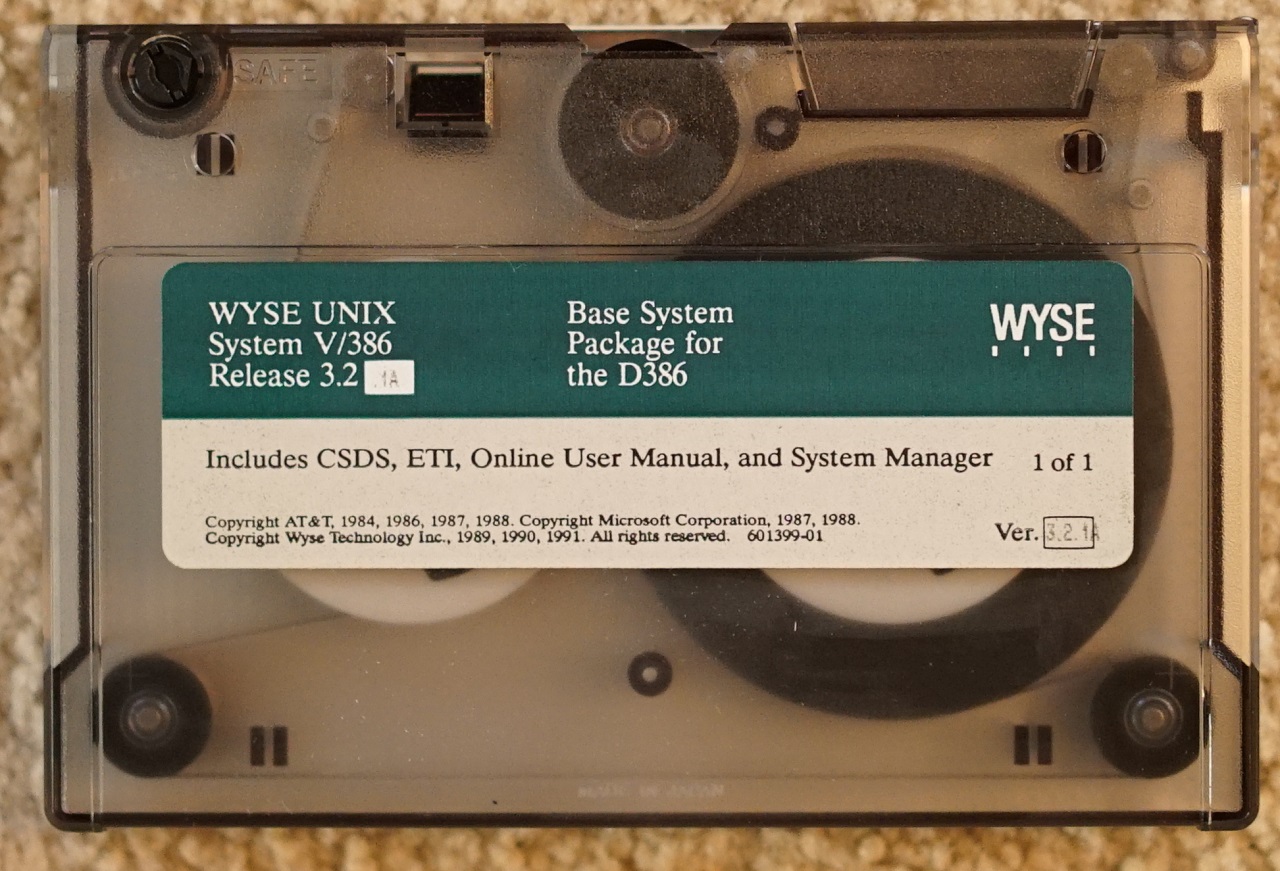 More recently Al Kossow was able to read the tape in to an image, which now I have uploaded to my web server: wyseunix321a.zip
More recently Al Kossow was able to read the tape in to an image, which now I have uploaded to my web server: wyseunix321a.zip
The next step is yours! Install the whole system on to a hypervisor of your choice, document the process and supply a vanilla boot image or VM.
The winner shall be the person who will first post a comment declaring success including a screenshot and can further prove it by emailing emailing me the submission shortly after. If the comment gets blocked by spam filter, don’t worry the original submission time will of course count. Oh and almost forgot: I also need aclock binary for it, however if there is no compiler and the standard SysV binary works fine, you are exempt from the requirement.
The catch? Looks like floppy disk trouble. The boot disk is fine after it has been fixed up by Michal. The Base floppy looks like has same content as boot. Copy Tools is very small. Looks like it may be truncated. Hopefully not, but if yes I count on your creativity. Remember that Dell Unix is an exactly save release of SystemV/386 and did not have or needed copy tools to install.
Good Luck!
Update: Looks like the contest has been won by Mihai! Congratulations!

